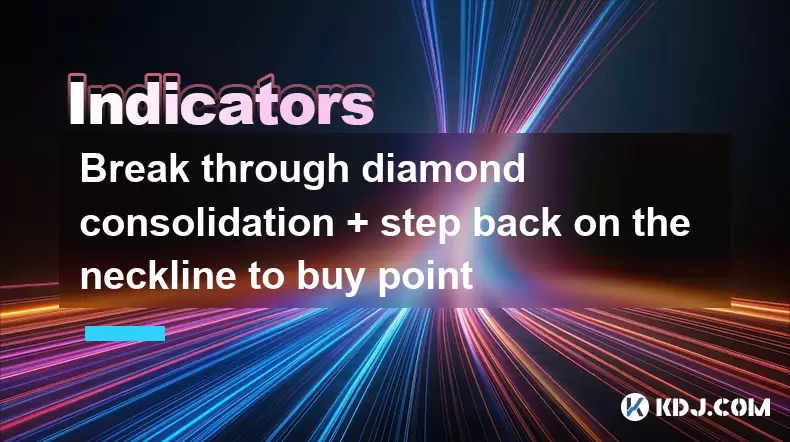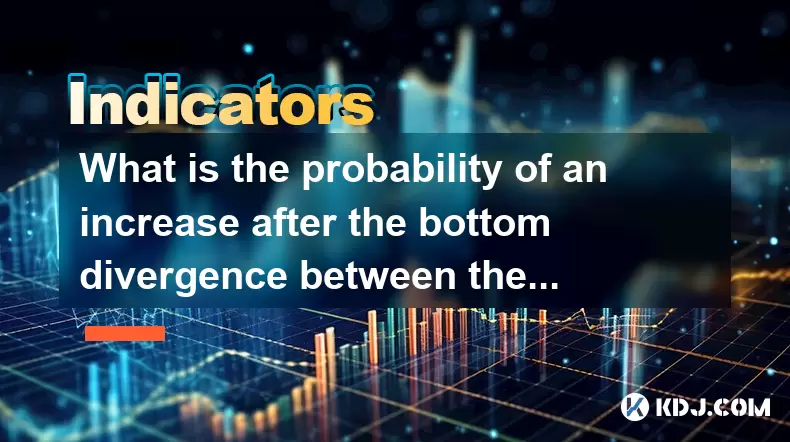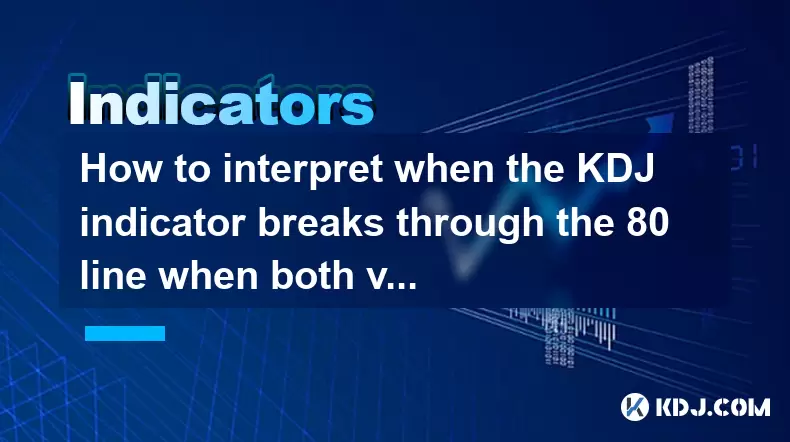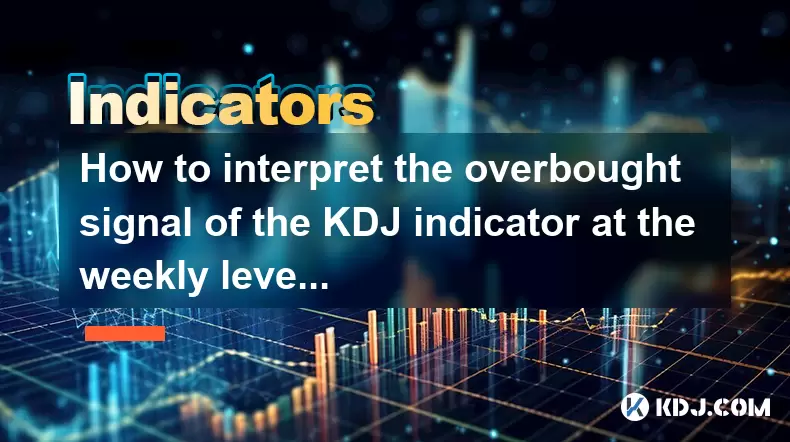-
 Bitcoin
Bitcoin $115100
-2.99% -
 Ethereum
Ethereum $3642
-1.38% -
 XRP
XRP $3.027
-5.51% -
 Tether USDt
Tether USDt $1.000
-0.05% -
 BNB
BNB $763.4
-1.32% -
 Solana
Solana $177.2
-5.42% -
 USDC
USDC $0.9999
-0.02% -
 Dogecoin
Dogecoin $0.2247
-6.47% -
 TRON
TRON $0.3135
0.23% -
 Cardano
Cardano $0.7824
-4.46% -
 Hyperliquid
Hyperliquid $42.53
-0.97% -
 Stellar
Stellar $0.4096
-6.09% -
 Sui
Sui $3.662
-2.61% -
 Chainlink
Chainlink $17.63
-3.57% -
 Bitcoin Cash
Bitcoin Cash $536.3
2.94% -
 Hedera
Hedera $0.2450
0.34% -
 Avalanche
Avalanche $23.23
-3.15% -
 Litecoin
Litecoin $112.2
-1.23% -
 UNUS SED LEO
UNUS SED LEO $8.976
-0.30% -
 Shiba Inu
Shiba Inu $0.00001341
-2.72% -
 Toncoin
Toncoin $3.101
-2.44% -
 Ethena USDe
Ethena USDe $1.001
-0.05% -
 Uniswap
Uniswap $10.08
-1.97% -
 Polkadot
Polkadot $3.938
-2.77% -
 Monero
Monero $323.9
0.87% -
 Dai
Dai $0.9999
-0.02% -
 Bitget Token
Bitget Token $4.481
-1.69% -
 Pepe
Pepe $0.00001199
-5.94% -
 Aave
Aave $288.2
-0.68% -
 Cronos
Cronos $0.1279
0.36%
Break through diamond consolidation + step back on the neckline to buy point
A diamond consolidation pattern in crypto trading signals a potential reversal, and a confirmed step-back to the neckline with strong volume offers a high-probability buy entry.
Jul 24, 2025 at 09:22 pm

Understanding Diamond Consolidation in Cryptocurrency Trading
Diamond consolidation is a rare but significant reversal pattern observed in cryptocurrency price charts. Unlike common patterns such as head and shoulders or double tops, the diamond pattern forms when price volatility expands and then contracts, creating a shape resembling a diamond. This pattern typically appears after a prolonged uptrend and signals a potential bearish reversal. However, when followed by a step back to the neckline, it can also present a high-probability buy opportunity if the reversal fails and momentum shifts back upward.
The formation begins with widening price swings—higher highs and lower lows—indicating increasing volatility and indecision among traders. As the pattern matures, the price swings narrow, forming the upper and lower convergence points of the diamond. The upper boundary is formed by connecting the swing highs, while the lower boundary links the swing lows. These lines create a broadening top that gradually tightens into a symmetrical triangle-like structure.
Identifying the Neckline in a Diamond Pattern
The neckline is a critical component of the diamond consolidation pattern. It is drawn by connecting the lowest point of the initial pullback after the broadening phase begins to the subsequent reaction low before the contraction phase. This line acts as a support level during the breakdown phase. Once price breaks below the neckline, it confirms the bearish sentiment. However, in the context of a potential reversal to the upside, the key signal occurs when price steps back to retest the broken neckline after the initial breakdown.
To draw the neckline accurately:
- Locate the first significant low after the price starts to decline from the widest part of the diamond.
- Identify the next minor low formed during the contraction phase.
- Connect these two points with a straight line.
- Monitor how price interacts with this line after breaking below it.
A successful retest of the neckline from below turns it into a resistance-turned-support level. If price bounces off this level with strong bullish candlesticks and increasing volume, it validates the buy point.
Confirming the Step-Back Retest for Entry
Not every retest of the neckline results in a valid buy signal. Traders must confirm the strength of the bounce using multiple technical indicators and price action cues. The following conditions should be met before considering an entry:
- Volume analysis: A noticeable increase in trading volume during the bounce off the neckline adds credibility to the reversal. Low-volume bounces are more likely to fail.
- Candlestick patterns: Look for bullish reversal candlesticks such as hammer, bullish engulfing, or morning star formations near the neckline.
- Oscillator confirmation: Use tools like the Relative Strength Index (RSI) or MACD to detect bullish divergence. For example, if price makes a lower low but RSI makes a higher low, it suggests weakening selling pressure.
- Timeframe alignment: Confirm the pattern on multiple timeframes. A diamond on the daily chart should align with bullish signals on the 4-hour or 1-hour charts for stronger validity.
Failure to meet these conditions increases the risk of a false breakout and potential losses.
Executing the Buy Point with Proper Risk Management
Once the step-back retest is confirmed, executing the trade requires precision in entry, stop-loss, and take-profit placement. The following steps outline a detailed operational procedure:
- Entry point: Enter a long position when price closes above the neckline with a strong bullish candle. Avoid entering on wicks or shadows that briefly touch the neckline.
- Stop-loss placement: Set the stop-loss just below the lowest point of the retest candle or slightly under the neckline to account for market noise. This limits downside risk if the reversal fails.
- Take-profit targets: Measure the vertical height of the diamond pattern from its widest point to the neckline. Project this distance upward from the breakout point to estimate the first profit target. Additional targets can be set using Fibonacci extensions (e.g., 1.618 or 2.618).
- Position sizing: Allocate no more than 2% of trading capital to this single trade to maintain portfolio risk control.
Using a limit order just above the neckline can help avoid slippage in volatile crypto markets. Traders should also monitor order book depth on exchanges like Binance or Bybit to assess liquidity at key levels.
Monitoring Post-Entry Price Behavior
After entering the trade, continuous monitoring is essential. The market may test the neckline again as new support. Watch for:
- Pullbacks to the neckline that hold as support, reinforcing the validity of the breakout.
- Volume spikes on upward moves, indicating strong participation.
- Resistance zones from previous swing highs that may slow momentum.
If price fails to advance and forms lower highs near the initial target, consider scaling out of the position. Trailing stop-loss orders can be used to lock in profits if the trend extends beyond expectations. Use tools like Parabolic SAR or moving averages (e.g., 20 EMA) to manage exit points dynamically.
Common Mistakes to Avoid in Diamond Pattern Trading
Many traders misinterpret diamond patterns due to premature entries or incorrect identification. Avoid these pitfalls:
- Confusing a diamond with a symmetrical triangle or double top. The key difference is the initial expansion of volatility.
- Entering before the neckline retest is complete, leading to stop-outs during fake breakdowns.
- Ignoring broader market conditions. A bullish diamond in a strong bearish macro trend may fail due to overwhelming selling pressure.
- Overlooking low-volume breakouts, which often lack follow-through.
Always backtest the pattern on historical data using platforms like TradingView to understand its reliability in specific cryptocurrencies such as Bitcoin (BTC) or Ethereum (ETH).
Frequently Asked Questions
Q: How long does a diamond consolidation pattern typically take to form?
A: Diamond patterns can form over 3 weeks to 3 months on daily charts. Shorter timeframes like 4-hour charts may show patterns forming in 1–2 weeks. The duration depends on market volatility and asset liquidity.
Q: Can diamond patterns appear in downtrends?
A: Yes. While most diamond patterns are bearish reversal formations after uptrends, an inverse diamond can form at the bottom of a downtrend and signal a bullish reversal. The structure is upside-down, with narrowing volatility leading to a breakout above the neckline.
Q: What cryptocurrencies are most suitable for trading diamond patterns?
A: High-liquidity assets like BTC, ETH, and BNB are ideal due to their clear chart patterns and strong volume. Low-cap altcoins often exhibit erratic price action, making pattern recognition unreliable.
Q: Is it necessary to wait for a candle to close above the neckline before entering?
A: Yes. Waiting for a confirmed close above the neckline prevents false signals from wicks or sudden spikes. Intraday noise is common in crypto markets, so closing confirmation adds reliability to the entry.
Disclaimer:info@kdj.com
The information provided is not trading advice. kdj.com does not assume any responsibility for any investments made based on the information provided in this article. Cryptocurrencies are highly volatile and it is highly recommended that you invest with caution after thorough research!
If you believe that the content used on this website infringes your copyright, please contact us immediately (info@kdj.com) and we will delete it promptly.
- Kaspa's Strongest Month REVEALED: New Data Shocks KAS Traders!
- 2025-07-26 04:30:12
- Crypto Losses: From ZIRP to Zero - How I Lost a Million Dollars (and What You Can Learn)
- 2025-07-26 04:30:12
- BONK's Wild Ride: Selling Pressure and Market Dip - A New Yorker's Take
- 2025-07-26 03:30:12
- Pepeto Presale Heats Up: Demo Trading and Meme Coin Mania!
- 2025-07-26 02:50:11
- WeWake, Nexchain AI, and the Crypto Presale Frenzy: What You Need to Know
- 2025-07-26 02:50:11
- Scottie Pippen's XRP Moonshot: A Slam Dunk or an Air Ball?
- 2025-07-26 03:30:12
Related knowledge

What does it mean when the price breaks through the 30-day moving average and is accompanied by a large volume?
Jul 26,2025 at 03:35am
Understanding the 30-Day Moving Average in Cryptocurrency TradingThe 30-day moving average (MA) is a widely used technical indicator in the cryptocurr...

What does it mean when the MACD bar turns from negative to positive?
Jul 26,2025 at 05:01am
Understanding the MACD Indicator in Cryptocurrency TradingThe Moving Average Convergence Divergence (MACD) is a widely used technical analysis tool in...

Does the golden cross of the KDJ three lines at the annual line level indicate a turning point in the big cycle?
Jul 26,2025 at 01:35am
Understanding the KDJ Indicator in Cryptocurrency TradingThe KDJ indicator is a momentum oscillator widely used in technical analysis, especially with...

What is the probability of an increase after the bottom divergence between the KDJ indicator and the trading volume?
Jul 26,2025 at 01:29am
Understanding KDJ Indicator and Its Role in Technical AnalysisThe KDJ indicator is a momentum oscillator widely used in cryptocurrency trading to iden...

How to interpret when the KDJ indicator breaks through the 80 line when both volume and price rise?
Jul 26,2025 at 12:47am
Understanding the KDJ Indicator and Its ComponentsThe KDJ indicator is a momentum oscillator widely used in technical analysis within the cryptocurren...

How to interpret the overbought signal of the KDJ indicator at the weekly level?
Jul 26,2025 at 04:09am
Understanding the KDJ Indicator at the Weekly LevelThe KDJ indicator is a momentum oscillator widely used in technical analysis to identify potential ...

What does it mean when the price breaks through the 30-day moving average and is accompanied by a large volume?
Jul 26,2025 at 03:35am
Understanding the 30-Day Moving Average in Cryptocurrency TradingThe 30-day moving average (MA) is a widely used technical indicator in the cryptocurr...

What does it mean when the MACD bar turns from negative to positive?
Jul 26,2025 at 05:01am
Understanding the MACD Indicator in Cryptocurrency TradingThe Moving Average Convergence Divergence (MACD) is a widely used technical analysis tool in...

Does the golden cross of the KDJ three lines at the annual line level indicate a turning point in the big cycle?
Jul 26,2025 at 01:35am
Understanding the KDJ Indicator in Cryptocurrency TradingThe KDJ indicator is a momentum oscillator widely used in technical analysis, especially with...

What is the probability of an increase after the bottom divergence between the KDJ indicator and the trading volume?
Jul 26,2025 at 01:29am
Understanding KDJ Indicator and Its Role in Technical AnalysisThe KDJ indicator is a momentum oscillator widely used in cryptocurrency trading to iden...

How to interpret when the KDJ indicator breaks through the 80 line when both volume and price rise?
Jul 26,2025 at 12:47am
Understanding the KDJ Indicator and Its ComponentsThe KDJ indicator is a momentum oscillator widely used in technical analysis within the cryptocurren...

How to interpret the overbought signal of the KDJ indicator at the weekly level?
Jul 26,2025 at 04:09am
Understanding the KDJ Indicator at the Weekly LevelThe KDJ indicator is a momentum oscillator widely used in technical analysis to identify potential ...
See all articles

























































































